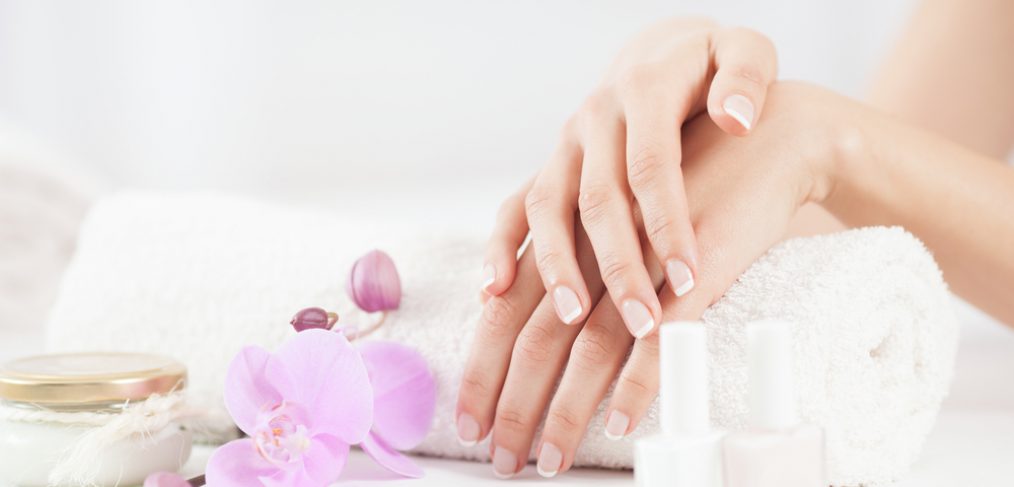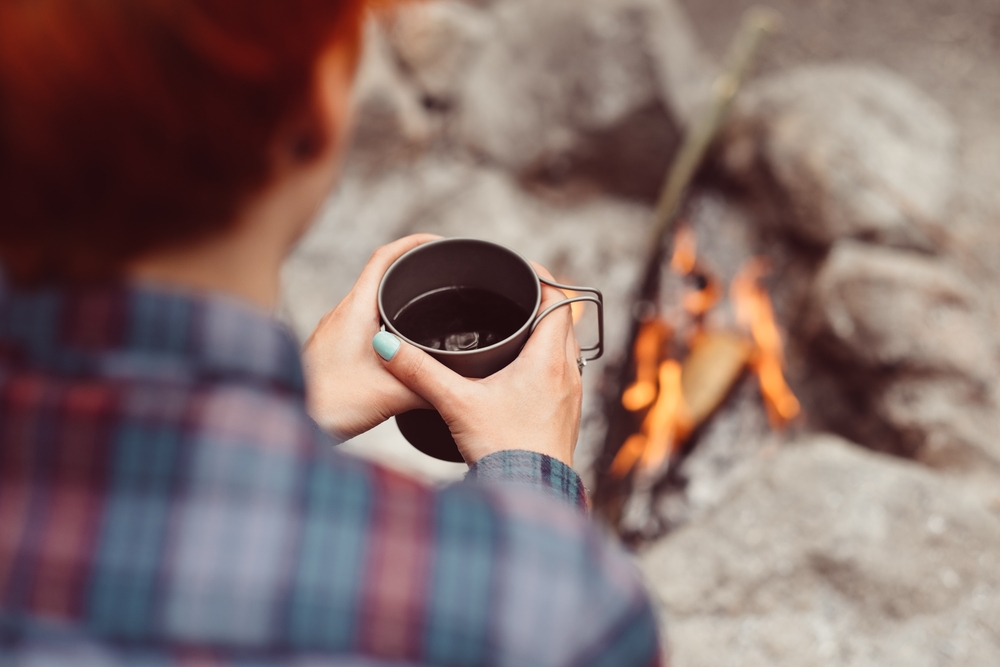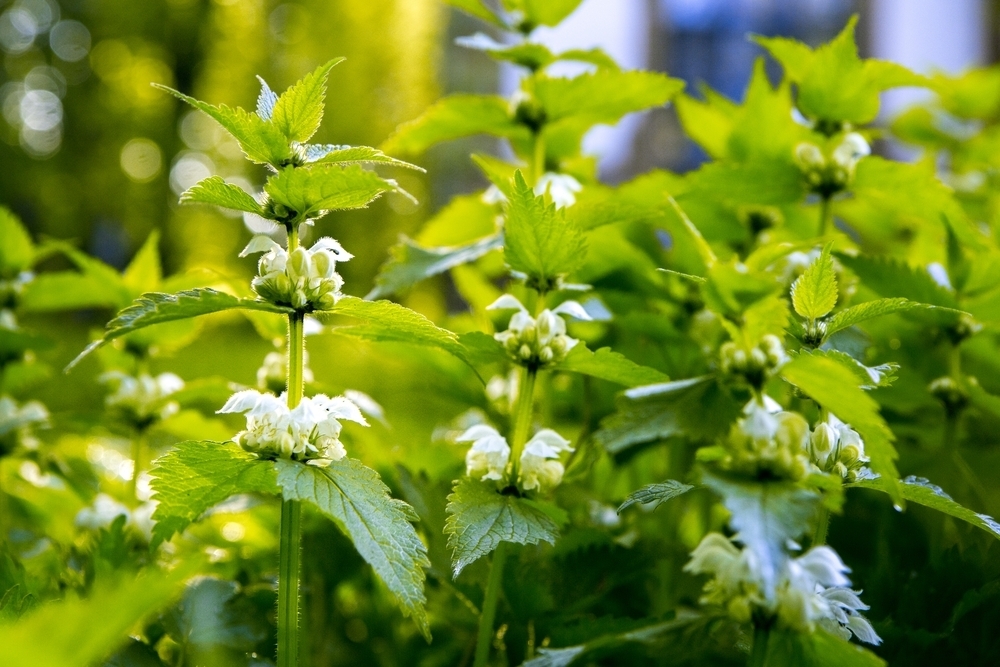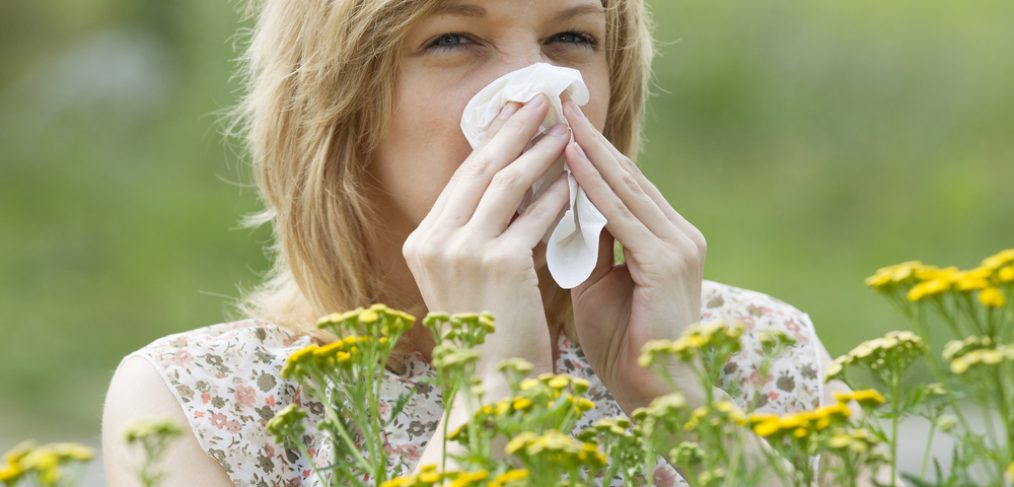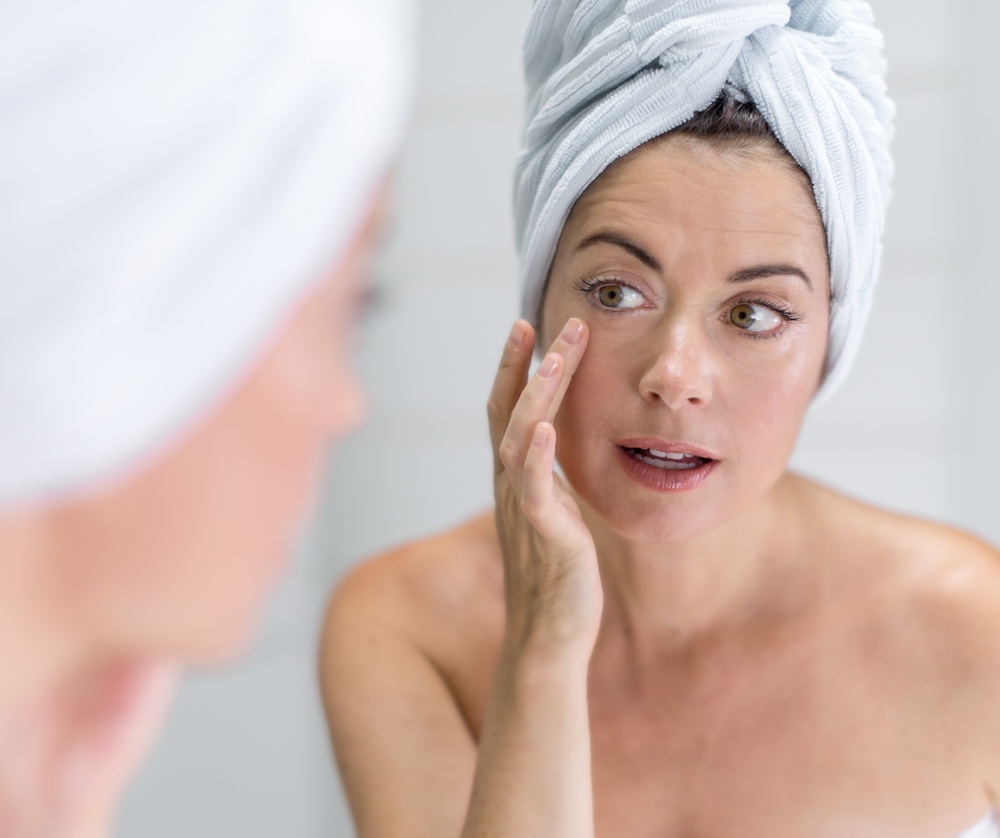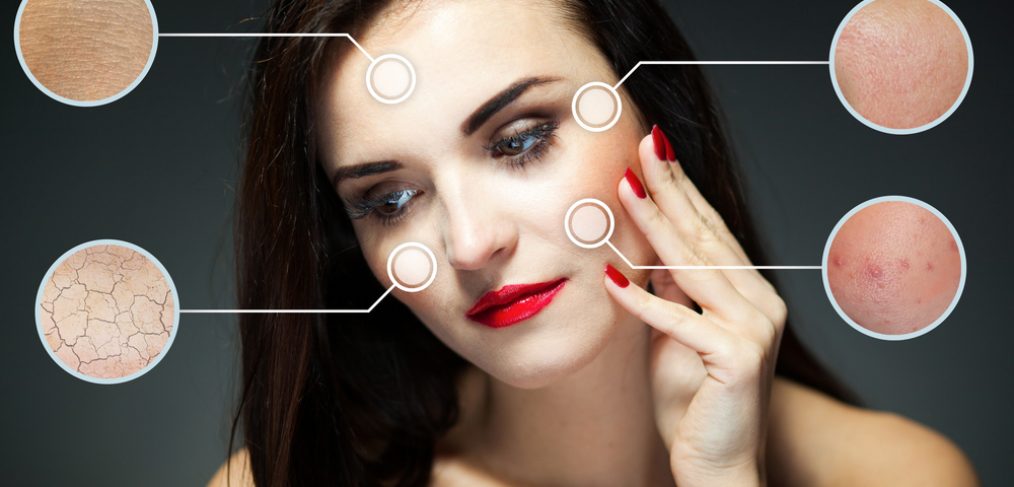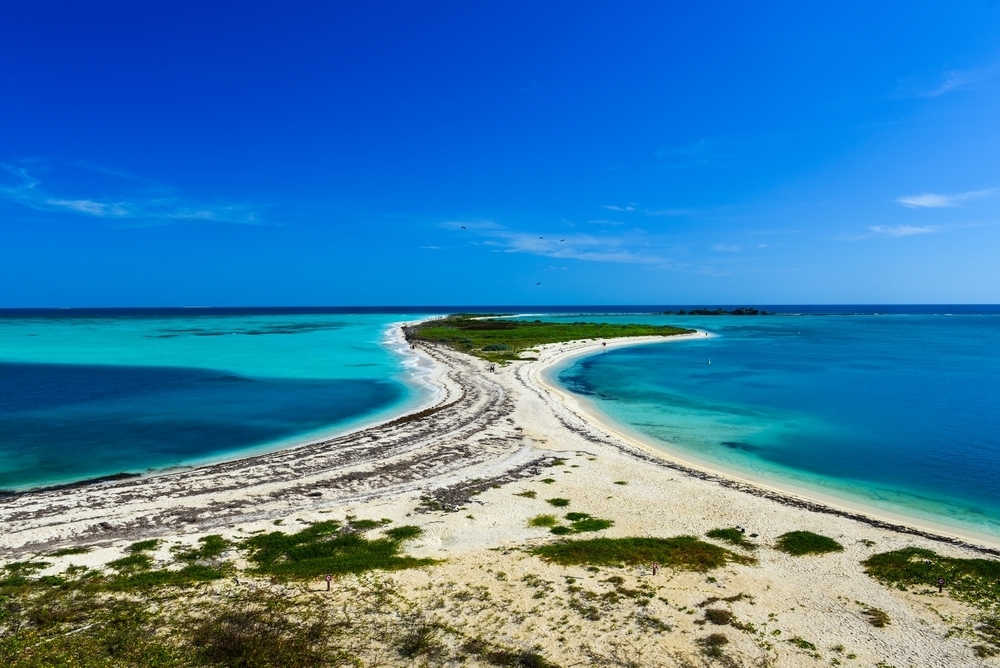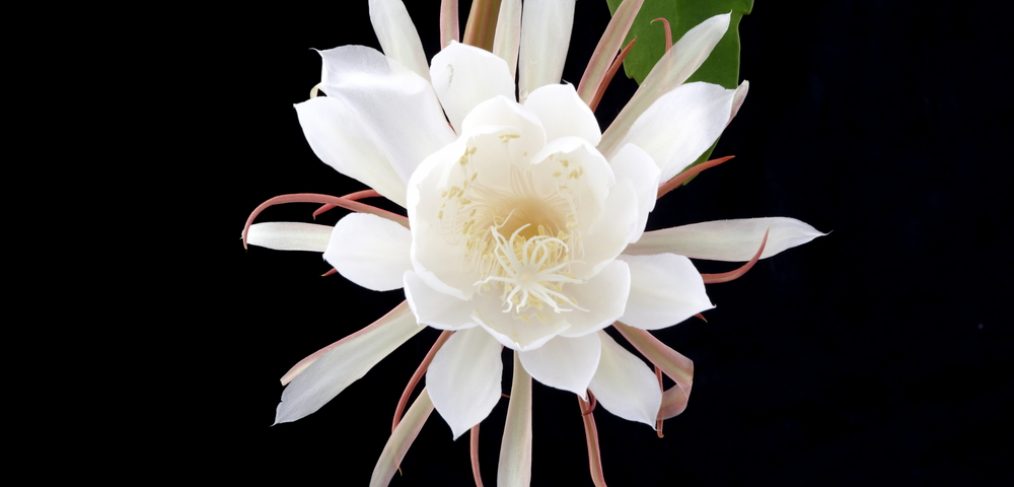Nail polish is so attractive and there are so many trendy manicure options now, it’s hard to think of taking time off to let our nails go bare for a while. However, keeping polish on nails for a prolonged period of time can be doing our nails harm. Find out how your nails might be suffering the effects of being constantly polished and what you can do about it.
Many of us have heard of the benefits of leaving polish off to let nails ‘breathe’. The reality is, nails don’t actually need to breathe, as they receive nutrients and oxygen from the blood stream, not the air. However, leaving polish on can lead to keratin granulation. “These are white, rough patches on the nail that form when the polish is removed along with the superficial layers of nail cells,” explains certified dermatologist and nail specialist Dana Stern. Stern goes on to explain that these are caused by trauma to the nail matrix. The granulations do grow out over time but can result in permanent damage to the matrix that can lead to nail alteration.
Foot specialist Joy Rowland expands on this theory. “The danger with keeping your nail polish on too long is that the pigment in the nail polish can soak into the top few layers of the nail and dry it out,” says Rowland. When that happens, mildew, yeast, mold and bacteria can develop under the nail plate which can lead to long term problems. Rowland recommends leaving polish off and trying to keep feet dry to promote healing. She also recommends rubbing the nail beds with vitamin E.
Nail polish remover can also be dangerous to the nails. Dermatologists simplify the science behind this by comparing nails to tiles on a roof. “These tiles are made of protein, specifically keratin, just like our hair. These cells are very delicate and can become damaged with prolonged exposure to certain chemicals,” says Stern. One of these chemicals is acetone, commonly found in nail polish remover. Acetone can dry out the keratin cells that make up the nail plate causing them to separate, split, peel and break.
Obviously, it is a good idea to take breaks between manicures and let nails go bare. A few weeks with nail polish on, and then a few weeks with bare nails is the recommended procedure. Here are some other helpful hints for keeping nails healthy:
- Always wear a protective base coat. This will keep nails from yellowing.
- Take biotin and vitamins to keep nails healthy.
- Use gloves while doing housework.
- Keep nails trim and buff them lightly in one direction.
- Don’t peel your nail polish. This will make the cells on your nails grow in a slanted direction and weaken them.
- Rub oil into nails to seal in moisture.
- Avoid overexposure to water and alcohol (which can be found in hand sanitizers).



